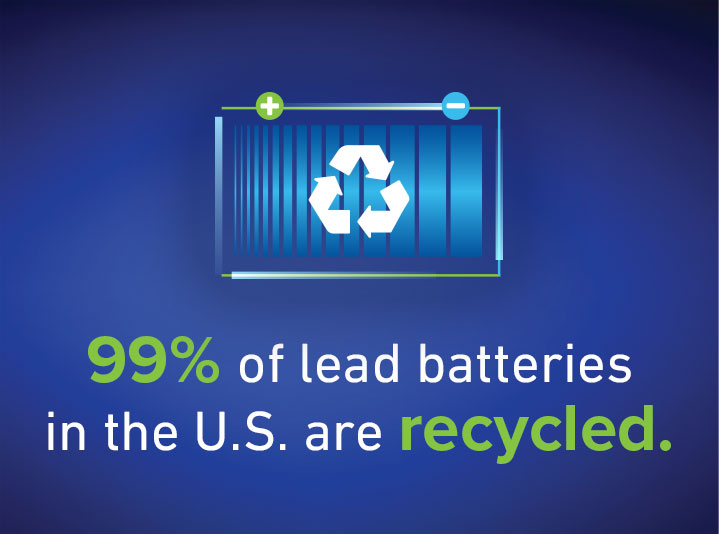The U.S. lead battery industry is part of a global effort to increase responsible battery production and recycling. The industry is committed to working with others to end informal battery recycling in low and middle income countries where the practice exists.
Lead Battery 360° welcomes eight sites as first...
Battery Council International (BCI), the leading trade association for the North American battery industry, strongly urges Congressional...
Press Release
June 3, 2025













